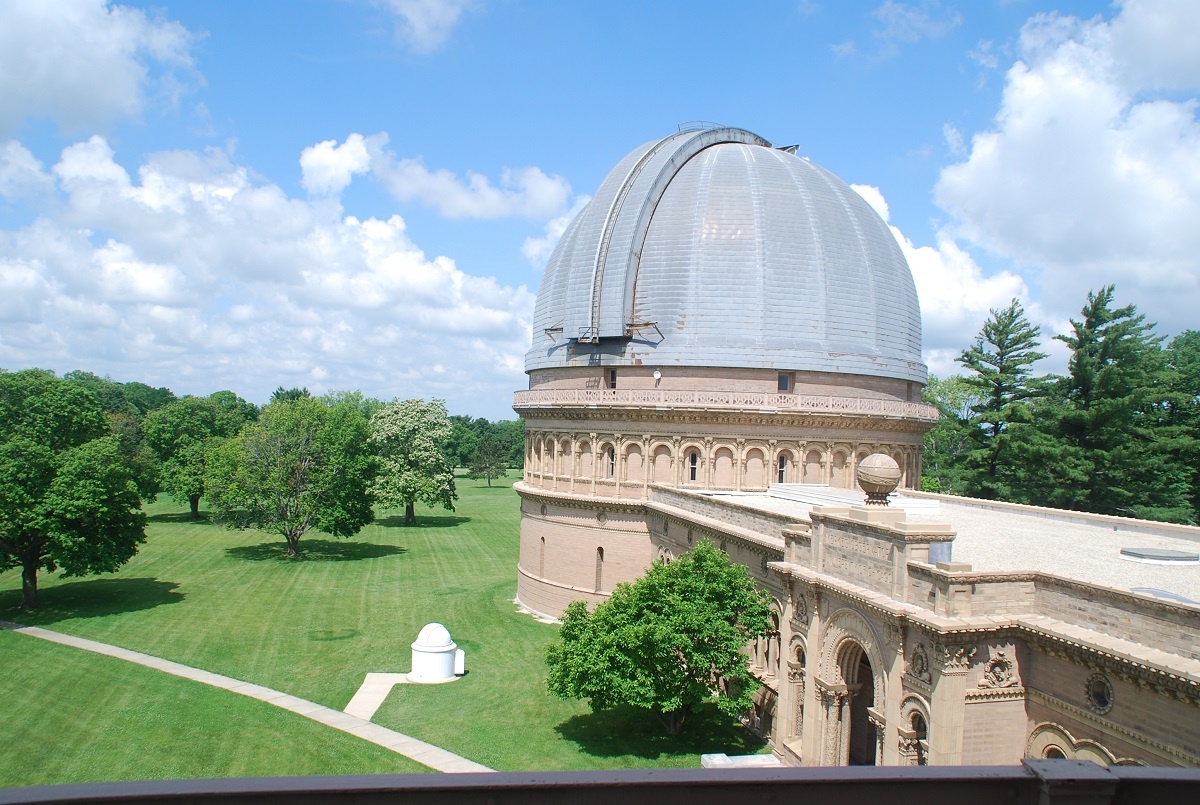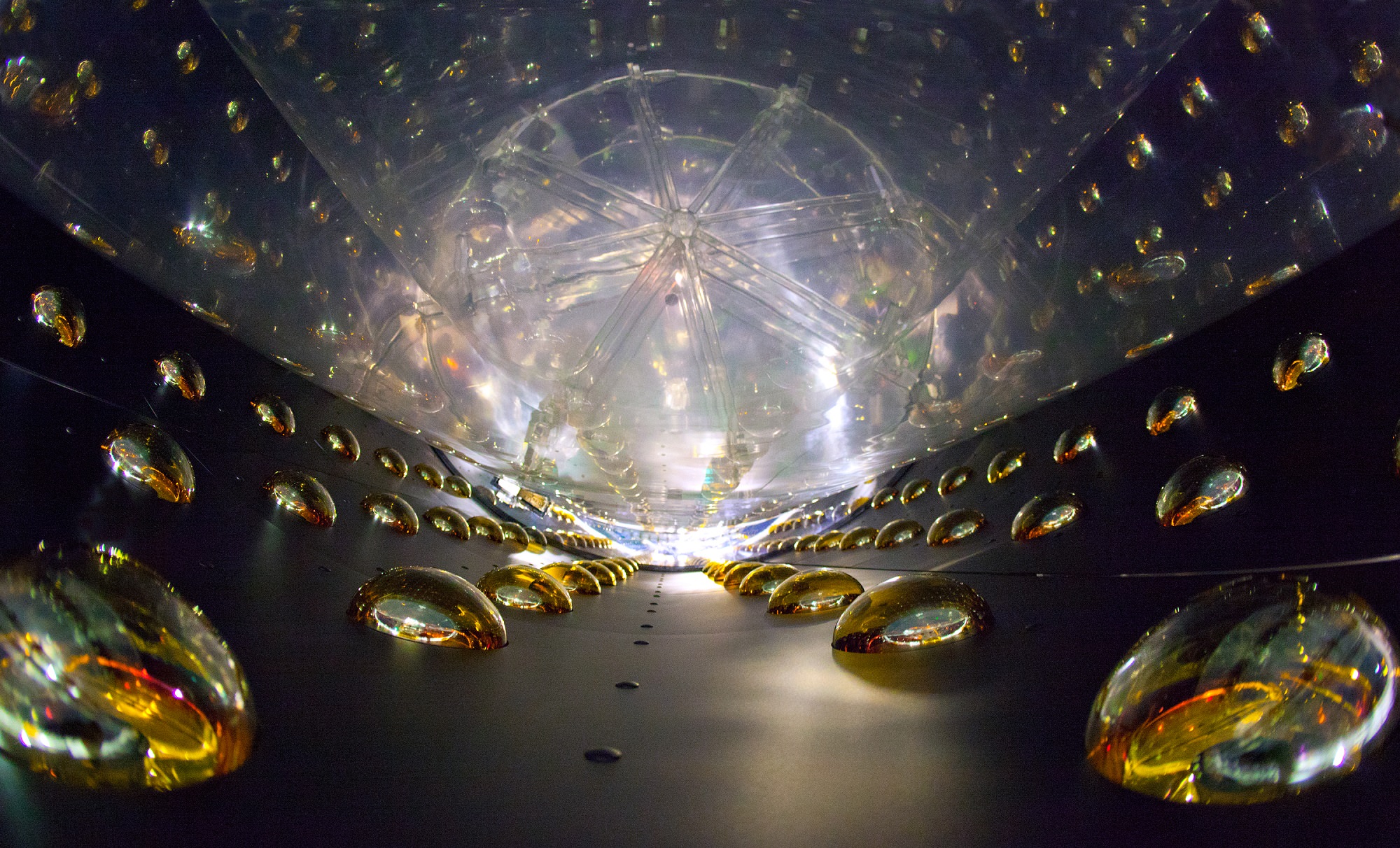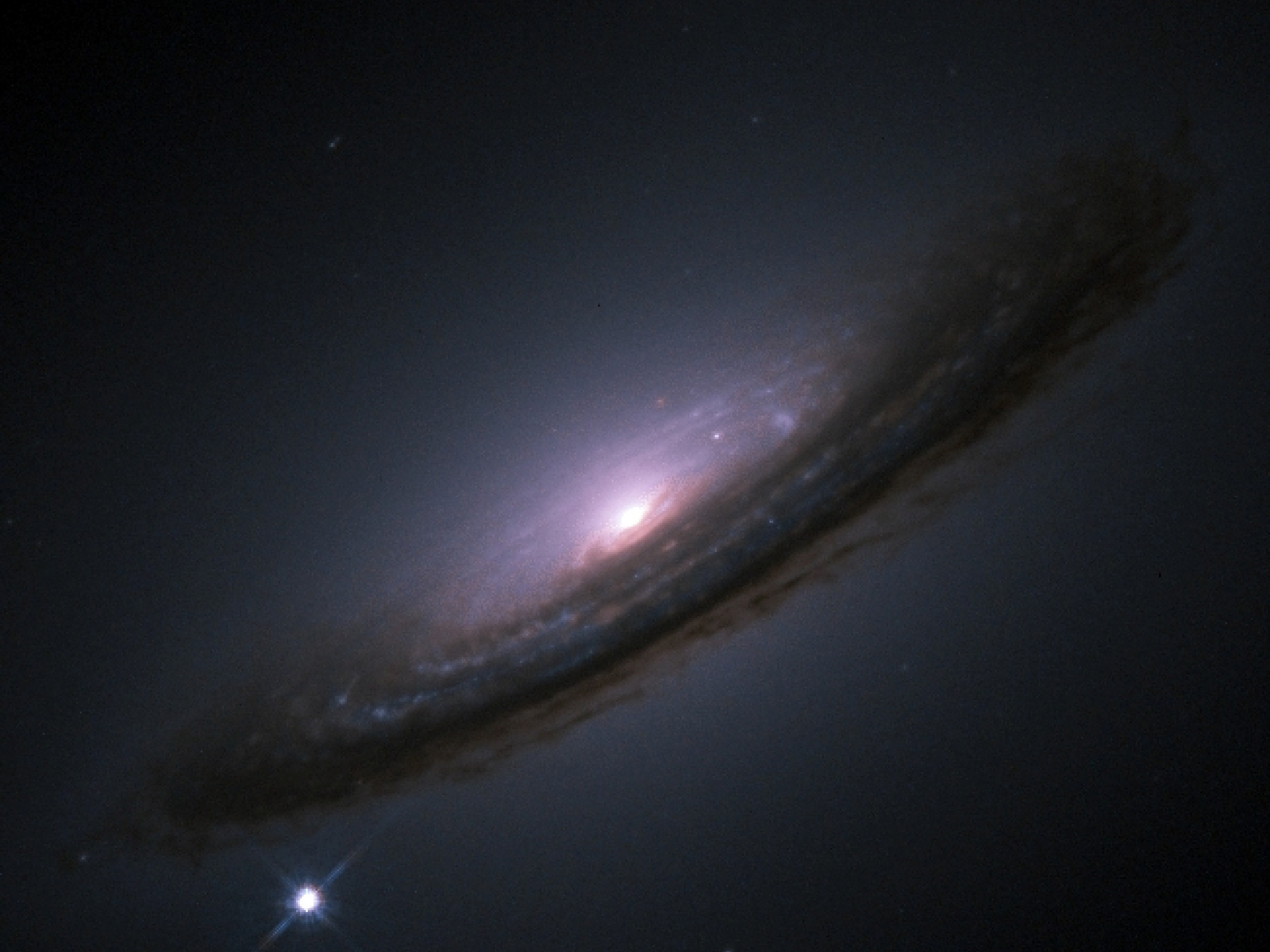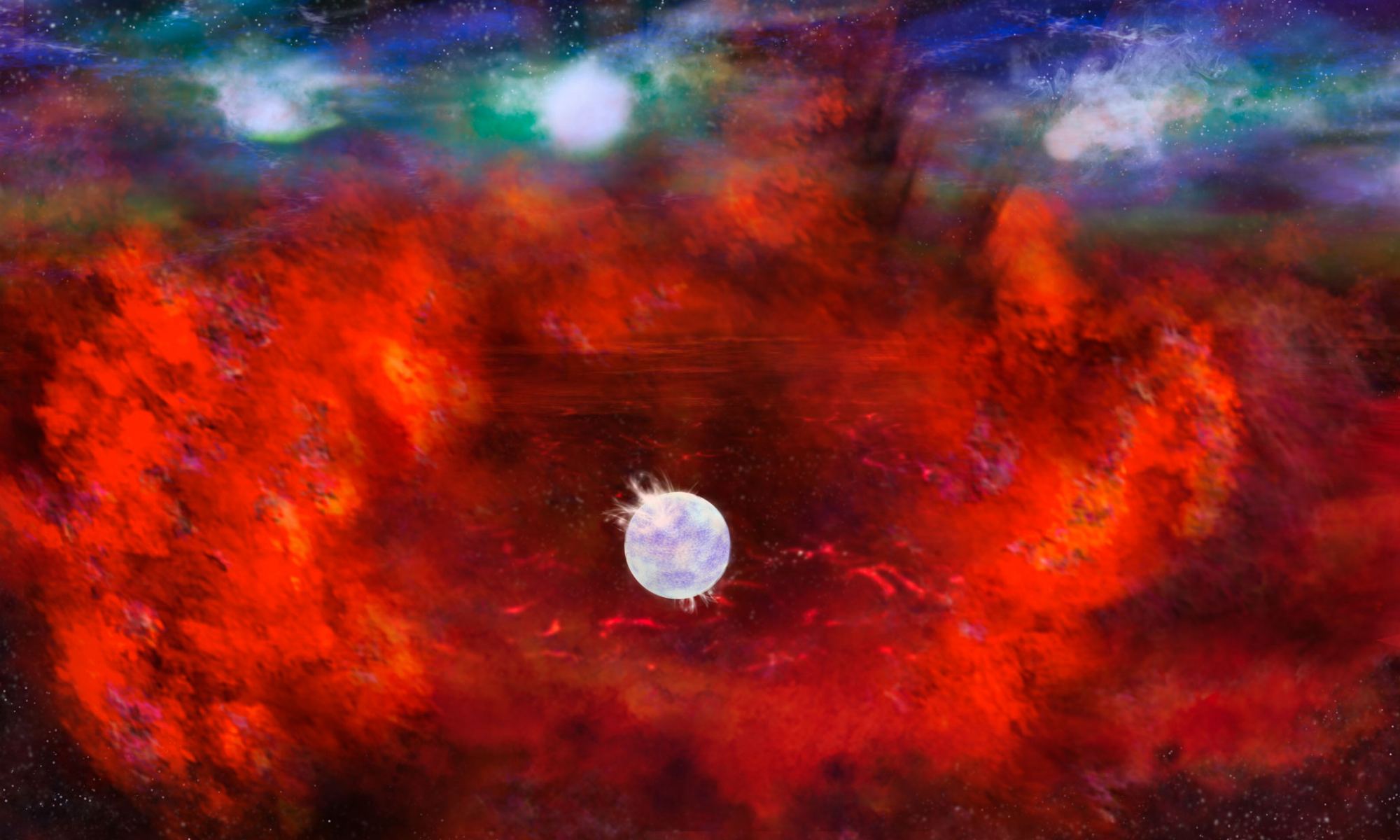A Japanese oil exploration company recently dug up some samples from the Pacific Ocean floor and donated them to researchers. Those researchers, led by Dr. Anton Wallner at the Australian National University, then found the first ever evidence of a plutonium radioactive isotope that originally came from outer space. Now scientists are trying to understand what could have created that isotope, and another intriguing extraterrestrial one, and what that might have meant for Earth’s cosmic neighborhood a few million years ago.
Continue reading “Shrapnel From Relatively Recent Supernovae Found in the Earth’s Crust”Exploding Stars are Titanium Factories
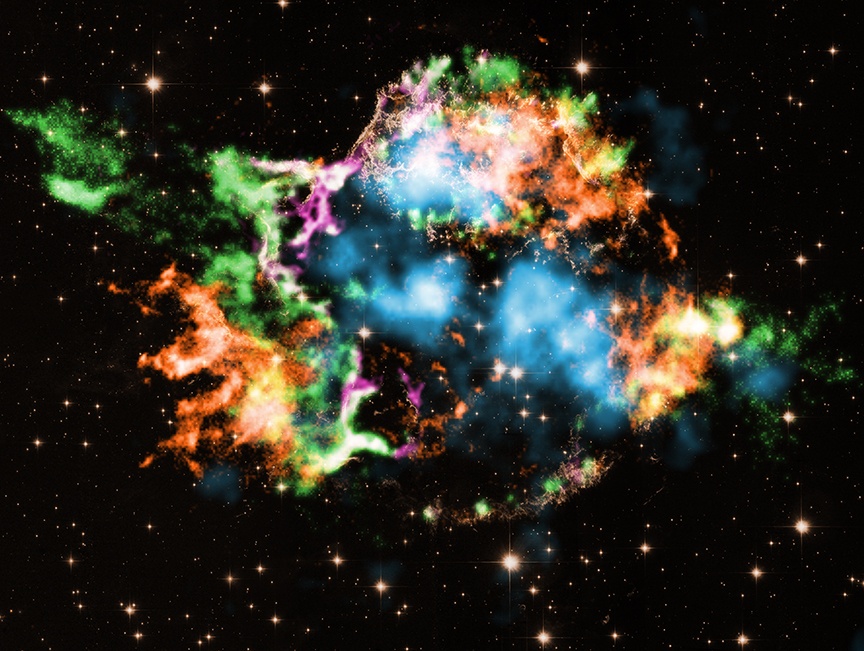
If you’re a fan of titanium, you should head to the nearest supernova. You’ll get more than enough of it. And its presence can help astronomers understand how supernovae work.
Continue reading “Exploding Stars are Titanium Factories”The Debris Cloud From a Supernova Shows an Imprint of the Actual Explosion
Computer models are continuing to play an increasing role in scientific discovery. Everything from the first moments after the Big Bang to potential for life to form on other planets has been the target of some sort of computer model. Now scientists from the RIKEN Astrophysical Big Bang Laboratory are turning this almost ubiquitous tool to a very violent event – Type Ia supernovae. Their work has now resulted in a more nuanced understanding of the effects of these important events.
Continue reading “The Debris Cloud From a Supernova Shows an Imprint of the Actual Explosion”Low-Cost Approach to Scanning Historic Glass Plates Yields an Astronomical Surprise
A new process highlights an innovative way to get old glass plates online… and turned up a potential extra-galactic discovery over a century old.
You never know what new discoveries might be hiding in old astronomical observations. For almost a hundred years starting in the late 19th century, emulsion-coated dry glass plate photography was the standard of choice used by large astronomical observatories and surveys for documenting and imaging the sky. These large enormous glass plate collections are still out there around the world, filed away in observatory libraries and university archives. Now, a new project shows how we might bring the stories told on these old plates back to light.
Continue reading “Low-Cost Approach to Scanning Historic Glass Plates Yields an Astronomical Surprise”This is the Fireworks Galaxy. It’s had ten Supernovae in the Last Century Alone
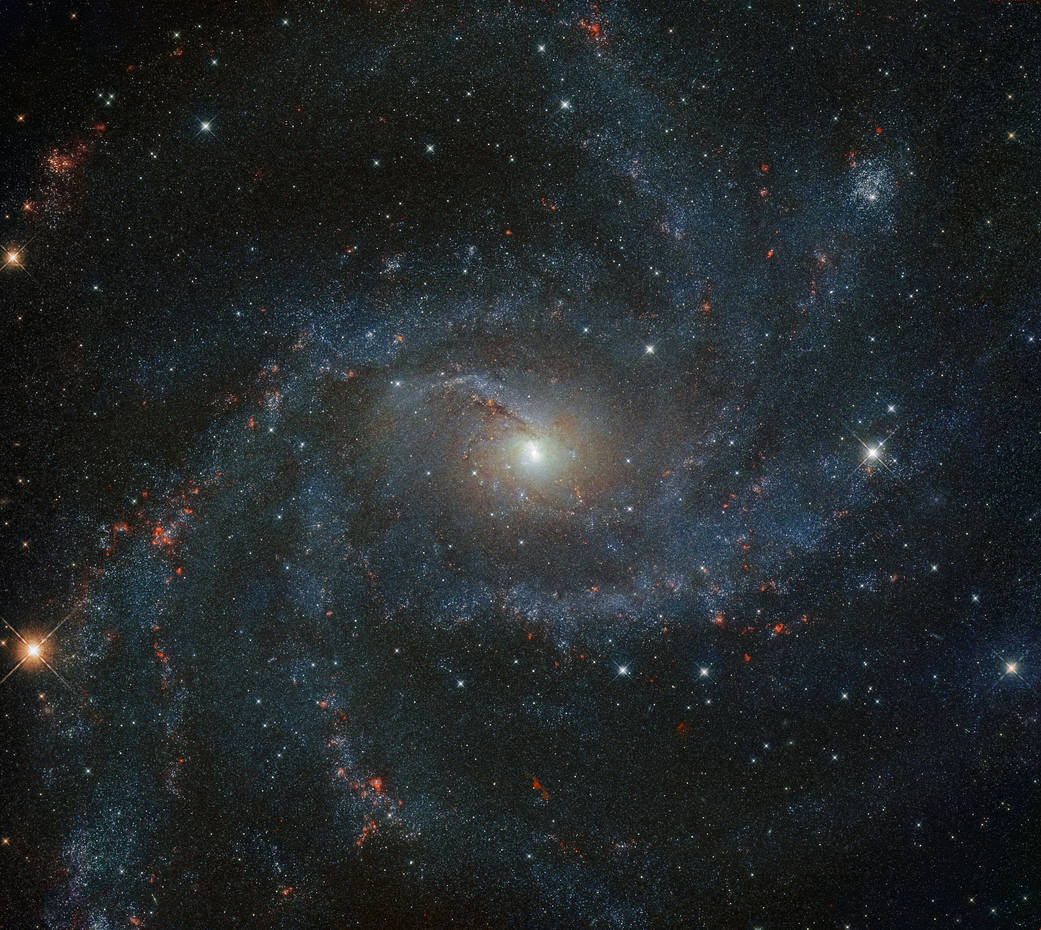
Say hello to NGC 6946, otherwise known as the Fireworks Galaxy. This little galaxy is the most prolific producer of supernovae in the known universe, popping off those incredible explosions roughly once a decade. It’s secret? An incredibly high rate of star formation.
Continue reading “This is the Fireworks Galaxy. It’s had ten Supernovae in the Last Century Alone”Astronomers are ready and waiting to detect the neutrino blast from a nearby supernova explosion like Betelgeuse
When giant stars die in impressive supernova blasts, about 99% of the energy released goes into producing a flood of neutrinos. These tiny, ghostly particles slip through tons of matter like it’s not even there. But a new generation of detectors will be able to catch them, telling us of the inner machinations of the deaths of stars.
Continue reading “Astronomers are ready and waiting to detect the neutrino blast from a nearby supernova explosion like Betelgeuse”A Supernova Exploded Dangerously Close to Earth 2.5 Million Years Ago
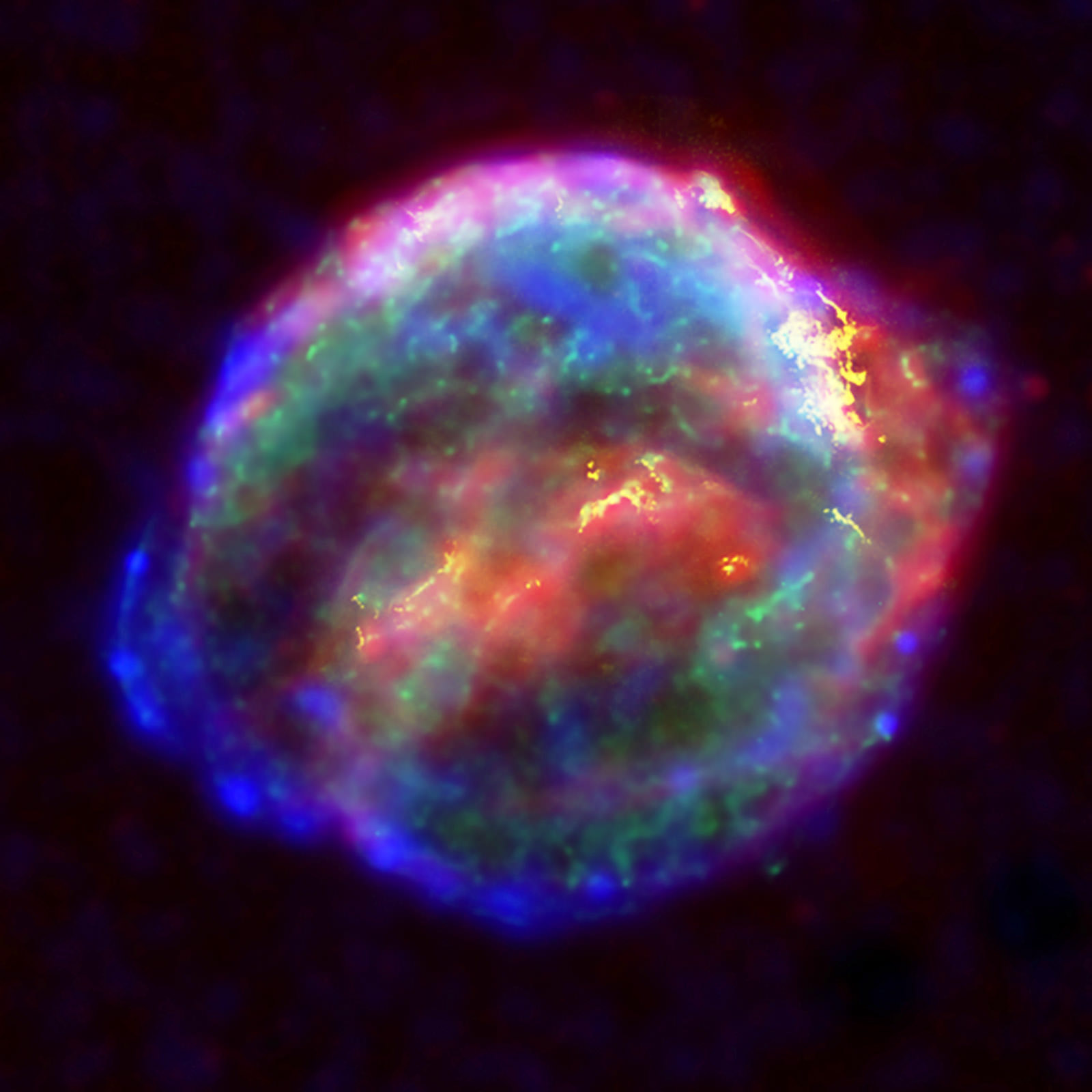
In its 4.5 billion year history, Earth has had to run the gauntlet. Numerous catastrophes have imperilled the planet, from massive impacts, to volcanic conflagrations, to frigid episodes of snowball Earth. Yet life persists.
Among all of the hazards that threaten a planet, the most potentially calamitous might be a nearby star exploding as a supernova.
Continue reading “A Supernova Exploded Dangerously Close to Earth 2.5 Million Years Ago”Gravitational waves could show what’s happening inside a star as it’s going supernova
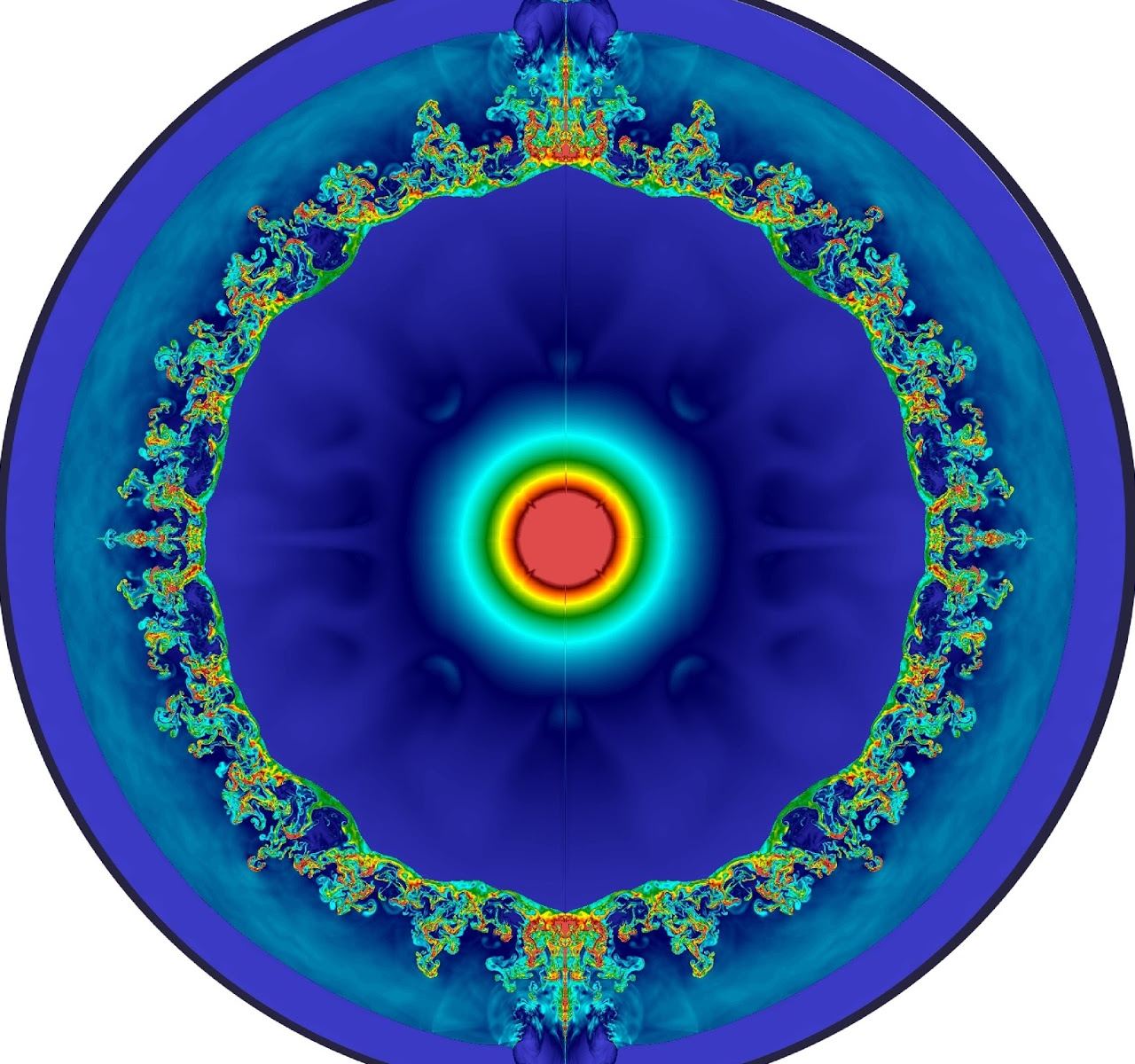
It’s kind of hard to see inside a star as it’s blowing up, because of the whole “blowing up” part, but gravitational waves – tiny ripples in the fabric of spacetime itself – may help astronomers unlock how the biggest stars die.
Continue reading “Gravitational waves could show what’s happening inside a star as it’s going supernova”The Solar System has been Flying Through the Debris of a Supernova for 33,000 Years
An Ancient Voyage
Earth is on a journey…
While our planet orbits the Sun each year – a billion kilometers – our entire Solar System is drifting through the Milky Way Galaxy making one rotation every 225-250 million years (that means dinosaurs actually lived on the other side of the Galaxy!) Humanity has been on Earth for a small fraction of that journey, but parts of what we’ve missed is chronicled. It is written into the rock and life of our planet by the explosions of dying stars – supernova. Turns out supernovas write in radioactive ink called Iron-60.

As the Sun travels through the Galaxy, so too do the hundreds of billions of other stars that comprise the Milky Way; all swirling and spiraling in varying directions. If you could time travel to a distant past, you’d look up and see an unfamiliar sky – different stars, different constellations, and sometimes the glow of a brilliant supernova. Stars explode in the Milky Way about once every fifty years. Given the immense size of the Galaxy at around 150,000 light years in diameter, the odds of one of those stars exploding in our backyard is low. But while supernova happen in the Galaxy twice a century, those in close proximity to Earth, within 400 light years, do happen once every few million years. And along Earth’s epic 4.5 billion-year journey, it appears that we’ve had close encounters with supernova several times. In fact, we seem to be travelling through the fallout cloud of supernovae right now.
Continue reading “The Solar System has been Flying Through the Debris of a Supernova for 33,000 Years”Astronomers Think They’ve Found the Neutron Star Remnant From Supernova 1987a
In 1987, astronomers witnessed a spectacular event when they spotted a titanic supernova 168,000 light-years away in the Hydra constellation. Designated 1987A (since it was the first supernova detected that year), the explosion was one of the brightest supernova seen from Earth in more than 400 years. The last time was Kepler’s Supernova, which was visible to Earth-bound observers back in 1604 (hence the designation SN 1604).
Since then, astronomers have tried in vain to find the company object they believed to be at the heart of the nebula that resulted from the explosion. Thanks to recent observations and a follow-up study by two international teams of astronomers, new evidence has been provided that support the theory that there is a neutron star at the heart of SN 1604 – which would make it the youngest neutron star known to date.
Continue reading “Astronomers Think They’ve Found the Neutron Star Remnant From Supernova 1987a”


